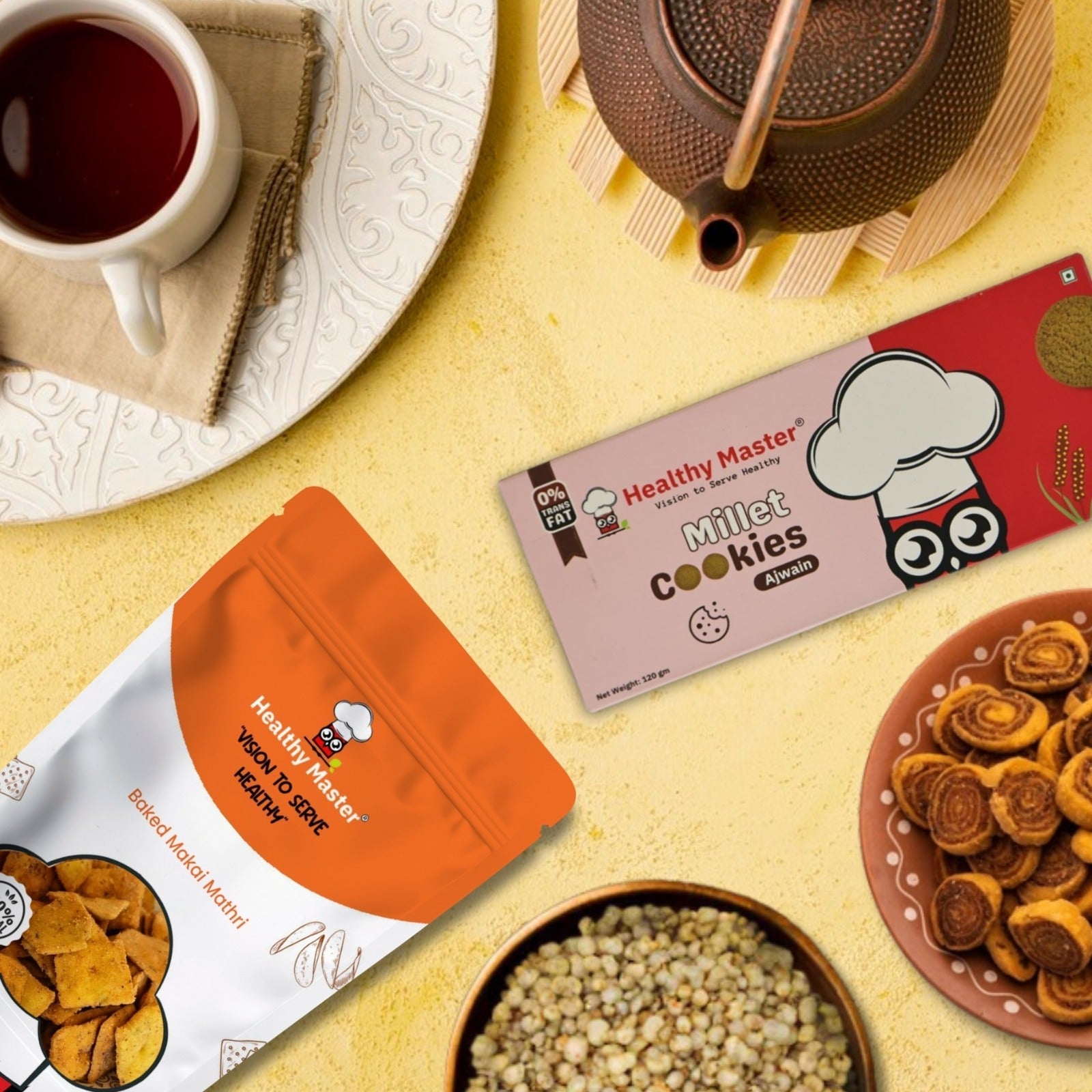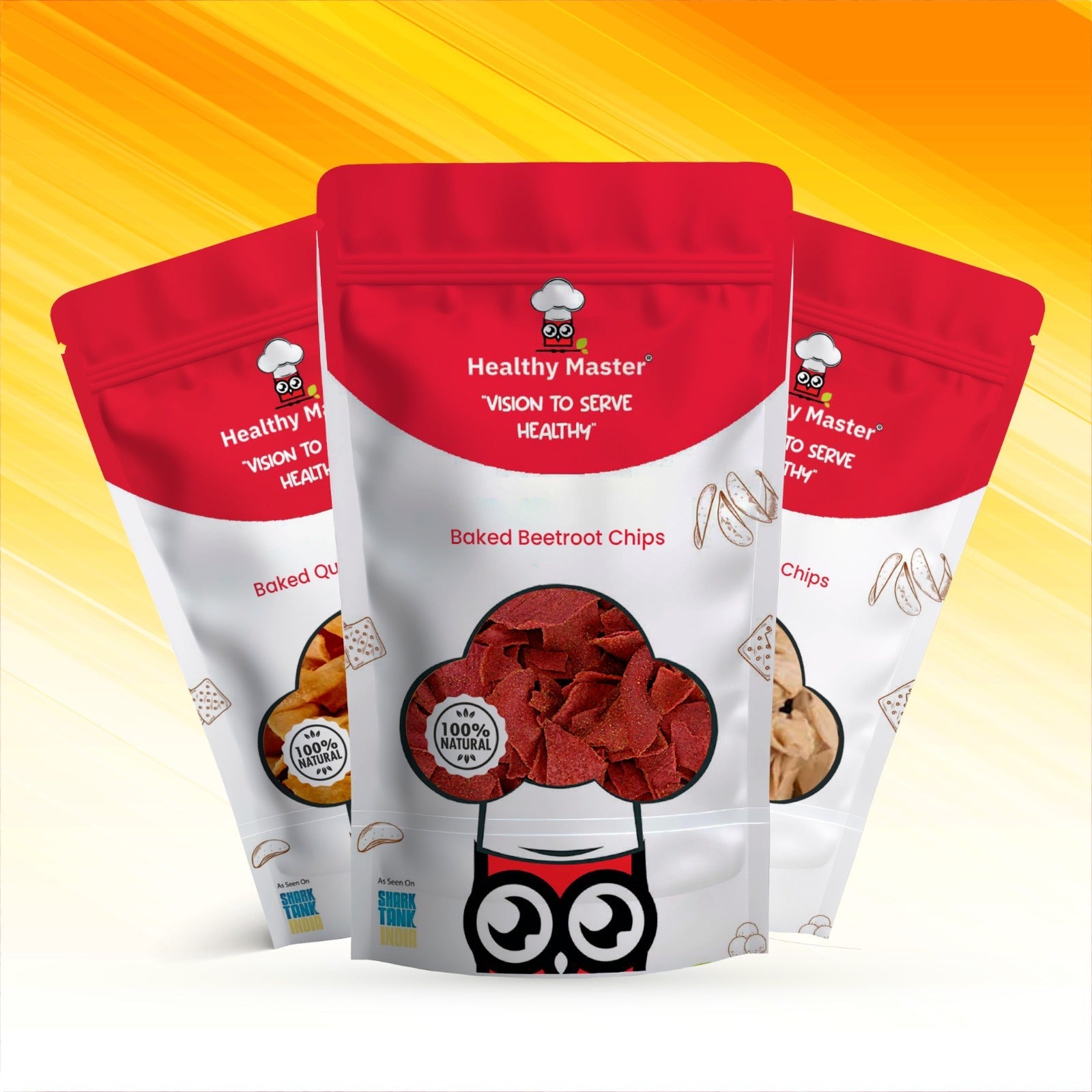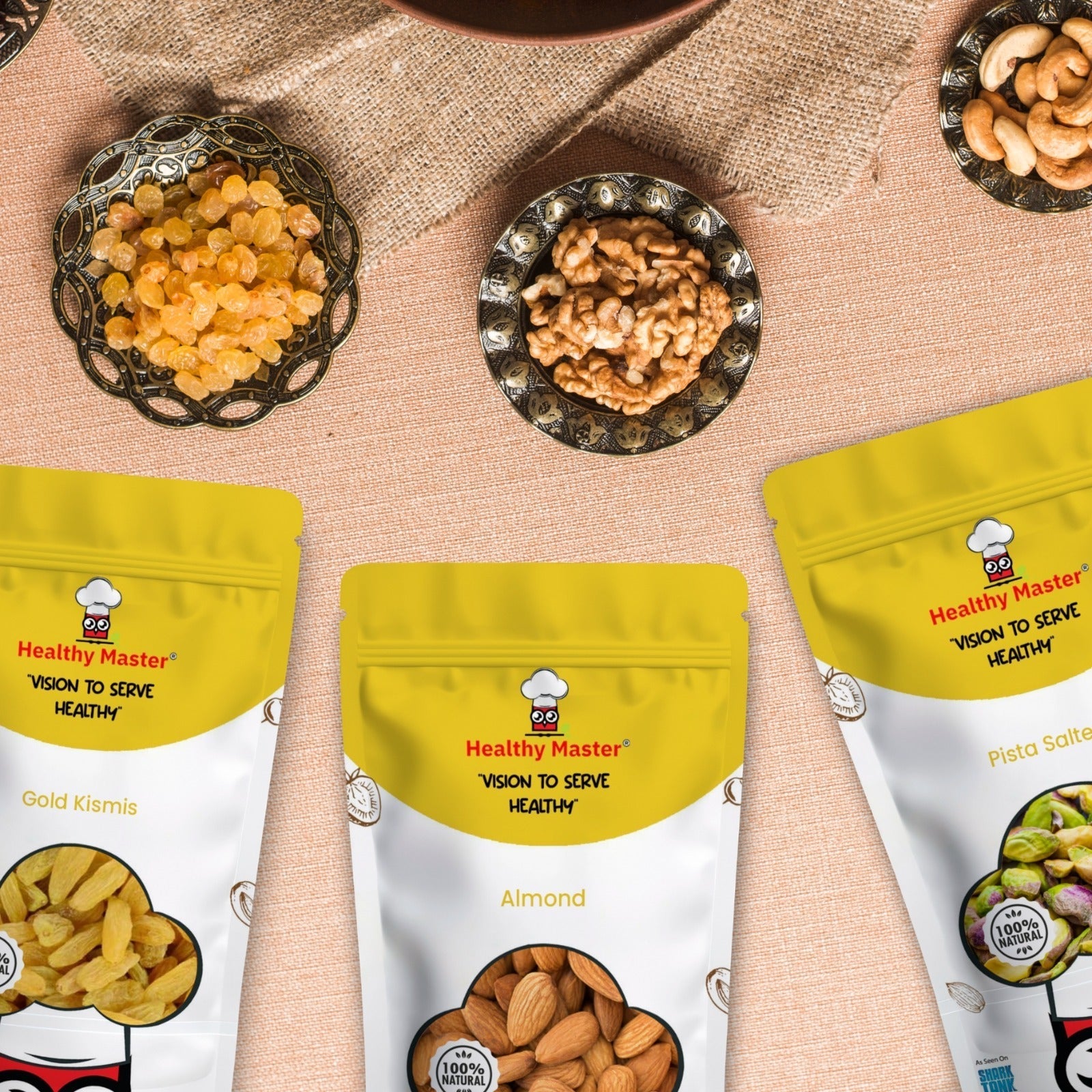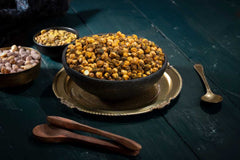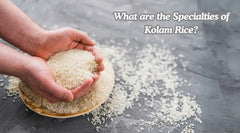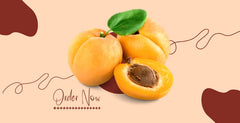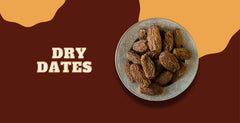Post-C-Section Diet Guide: What to Eat and Avoid
Recovering from a C-section (caesarean delivery) requires special care, not just for your stitches and rest, but also for your diet. The foods you eat after surgery play a big role in healing, digestion, energy levels, and even your baby’s comfort if you are breastfeeding.
If you’ve been wondering, “Can I eat noodles after a C-section?” or “Is ice cream safe after surgery?”, you’re not alone. Many new moms have the same doubts. This guide covers the best food to eat after a C-section, food to avoid after a cesarean, and healthy snack alternatives that make recovery smoother.
Common Digestive Issues After C-section and How to Manage Them
After a C-section, many women experience bloating, constipation, and gas. This happens because:
-
The intestines slow down after surgery.
-
Pain medications can cause constipation.
-
Limited movement reduces digestion efficiency.
Dietary Tips to Manage Digestive Discomfort:
-
Eat fiber-rich foods: Oats, whole grains, fruits, and vegetables support smoother bowel movements.
-
Stay hydrated: Drink at least 8–10 glasses of water daily to prevent constipation.
-
Avoid gas-causing foods: Beans, carbonated drinks, and certain cruciferous vegetables like cabbage or cauliflower may increase bloating.
-
Include probiotics: Curd or unsweetened yogurt can improve gut health.
-
Add ghee after C-section (in moderation): Ghee is easily digestible, lubricates the gut, and supports healing.
What Not to Eat While Breastfeeding after C-section
Since your diet affects your breast milk, you should be mindful of certain foods:
-
Highly processed foods: Deep-fried snacks, junk food, and instant noodles are hard to digest and offer little nutrition.
-
Ice cream after C-section: Cold and creamy foods may slow digestion and can sometimes cause discomfort for both mom and baby.
-
Jackfruit after C-section: Jackfruit is heavy, gas-forming, and not ideal immediately after surgery. Wait at least a few weeks before trying it in small amounts.
-
Spicy and oily foods: These may cause acidity, irritation, or colic in your baby.
-
Excess caffeine: Too much tea, coffee, or cola can disturb your baby’s sleep.
-
Certain dairy products: While paneer after a C-section delivery can be a great source of protein and calcium, make sure it is fresh, lightly cooked, and consumed in moderation.
Safe Snack Ideas for New Moms Post C-section
Instead of heavy, processed snacks, choose light and nourishing options:
-
Roasted makhana (fox nuts) – rich in calcium and easy to digest.
-
Steamed idlis or dhokla – soft, light, and gut-friendly.
-
Fresh fruits – bananas, apples, papayas, and oranges are safe choices.
-
Homemade vegetable soups – healing and hydrating.
-
Dry fruits and nuts (in moderation) – almonds, walnuts, and dates provide energy and aid recovery.
-
Millet-based snacks – khakhra, chikki, or roasted millet mix for fiber and nutrients.
These snacks ensure you don’t miss out on taste while giving your body the right fuel to recover.
What Foods Should A Person Avoid After A Caesarean Delivery?
It is an amazing experience to bring a new life into the world, and recovering from a caesarean section requires careful planning, particularly regarding nutrition. It's important to be mindful of what you put on your plate, even as you enjoy the joys of motherhood.
Certain foods have the potential to positively or negatively impact lactation and physical well-being during the post-cesarean healing process. We'll look at the foods that are generally best avoided following a C-section in this blog, providing information to new moms so they can make decisions that will promote a quicker and easier recovery.
Why Is Post-Surgery Nutrition So Important?
After a caesarean delivery, maintaining an ideal diet and nutrition is critical to your recuperation. It will take some time for your body to heal completely from this major abdominal surgery.
Eating foods rich in the vital nutrients required for healing can speed up the healing process and maintain a high level of energy. Your only food options in the first few hours after surgery might be liquids or ice chips.
After you pass gas, which indicates that your intestines are working properly, you'll probably move on to solid foods and eventually a regular diet. It's crucial to gradually reintroduce foods at this point to prevent discomfort associated with the diet, like excruciating gas or bloating.
Deficient consumption of vital nutrients can result in prolonged fatigue, slowed wound healing, and heightened susceptibility to infections. A bad diet can affect the quality of breast milk produced by nursing mothers, which may have an impact on the growth and development of the newborn baby.
A compromised immune system and postpartum depression may also result from inadequate nutrition, leaving the mother more vulnerable to illnesses. Following a caesarean delivery, maintaining a nutritious diet is essential for your recovery.
Foods to Avoid after a C-section Delivery
Following a caesarean section, you are encouraged to rest, so your regular activities are limited. You won't be able to do much physical activity, so you should watch what you eat and stay away from foods that will make you feel more exhausted quickly. Let's examine the foods that ought to be avoided following delivery.
Ghee rice
Ghee has been shown to increase energy and metabolism. Nonetheless, ghee consumption is limited following a caesarean section. While you don't have to completely abstain from eating it, you do need to monitor how much ghee you're eating.
Due to its high-calorie content, ghee should be consumed in moderation, if not entirely avoided.
Consuming excessive amounts of ghee is bad for you at any age. Similar to oil, consuming too much ghee can lead to a number of health problems.
The primary problem is that consuming too much ghee makes it more difficult to lose the weight gained during pregnancy. Studies have shown that mothers' elevated blood sugar levels and obesity are two factors that impede the healing of the scar from a C-section.
Therefore, it is preferable to limit the intake of ghee and rice following a C-section, depending on the mother's health.
Gas-Causing Food Items
Several foods, such as vada, paneer butter masala, chole curry, rajma curry, dal, and others, are rich in important proteins and nutrients that are vital for the postpartum period. However, it is best to hold off on adding these to your menu until your bowel movements have stabilised, which should take a few weeks.
Vegetables that can be used to make a variety of delicious dishes, such as potatoes, mushrooms, cauliflower, bhindi, broccoli, and cabbage, are also excellent sources of essential minerals. Even so, it is preferable to hold off on eating a lot of these mouthwatering foods until the pain from the stitches has subsided.
This is because all of these foods produce gas and may make a new mother's flatulence excessive. Gas passage following a caesarean section can be quite painful. It is therefore preferable to limit or abstain from its consumption for the first forty days.
Cold Foods
Avoiding cold foods is crucial following a caesarean section. Food that is too cold may cause the mother's blood flow to become improper. A mother's immunity is also very low, making her vulnerable to common infections like coughs, colds, and sore throats.
Her risk of getting a cold and coughing increases when she eats cold food. It hurts a lot to cough and sneeze after a C-section. After a c-section, stay away from cold yoghurts, ice creams, kulfi, lassi, Falooda, and Thandai, and shake with ice cubes.
Noodles
Did you search “Can I eat noodles after C-section?” For those who enjoy noodles, this option should be on your list of foods to avoid postpartum, which is unfortunate. Noodles are not a smart choice, especially in the first few weeks following a C-section.
Maida is used to make noodles, and foods high in maida should be avoided following a C-section. Noodles are also nutritionally insignificant. Additionally, nutrient-dense food is essential after pregnancy for both a speedy recovery and a happy nursing experience.
If you really can't get enough noodles, go for healthier options like Millet Noodles, Quinoa Millet Noodles, Moringa noodles, or oat noodles after C-section, and load up on veggies. Keep in mind to consume these noodle options occasionally.
-
Jackfruit
It is advisable to take jackfruit off your menu in the first few weeks following a C-section. Consuming jackfruit may exacerbate certain digestive problems, such as heartburn and an upset stomach, which may make post-c-section discomforts and aches worse.
Acidity is found to be triggered by jackfruit postpartum. Eating jackfruit while nursing can make the infant more likely to experience diarrhoea. It is therefore advised to stay away from it for a while after delivery.
Takeaway
For the new mother and baby, the period following delivery is critical, regardless of whether the delivery was caesarean or normal. It's a time when a woman can become weak physically, emotionally, or both. After a C-section, optimal nutrition is essential for a quick recovery.
While eating the correct foods at this time can speed up the healing process, eating the wrong foods can cause it to stall. Visit our website at Healthy Master for various healthy snack options that a mother can consume post-C-section. Remember to consult with your doctor before adding certain foods to your diet.
Frequently Asked Questions
1. Can I eat noodles after a C-section?
It’s best to avoid instant noodles right after surgery since they are processed and lack nutrition. If you crave them, try homemade millet or wheat noodles cooked with vegetables for a healthier alternative.
2. Can I eat jackfruit after a C-section?
Jackfruit can cause gas and indigestion, so it’s better to avoid it in the first few weeks after surgery. Once digestion stabilizes, you may eat small portions.
3. Can I eat ice cream after a C-section?
Ice cream is not recommended during the early recovery phase—it is heavy, cold, and may cause bloating or throat discomfort.
4. Can we eat paneer after a C-section delivery?
Yes, paneer is safe and provides protein and calcium needed for recovery. Just ensure it’s fresh, soft, and lightly cooked.
5. How long should I avoid gas-causing foods after a C-section?
Usually 4–6 weeks until your digestion improves. Slowly reintroduce them in small amounts after consulting your doctor.
6. Can I eat spicy food after a caesarean delivery?
Mild spices are fine, but overly spicy and oily foods can cause acidity and affect your baby’s digestion through breast milk.
7. What fruits are safe to eat after a C-section?
Banana, apple, papaya, orange, and pomegranate are safe, easily digestible, and aid healing.
8. Is dairy safe after a C-section? Which type is best?
Yes, but choose light options like milk, curd, and paneer. Avoid heavy cream or rich desserts in the early phase.
9. How soon can I eat my regular diet after surgery?
Most women can return to a normal, balanced diet within 6–8 weeks, but always consult your doctor based on your healing progress.
10. Are there foods that promote wound healing after a caesarean?
Yes—protein-rich foods (paneer, lentils, eggs), iron-rich foods (green leafy vegetables, dates), and vitamin C-rich fruits (oranges, amla) speed up recovery and improve immunity.
 Deal of the week : Trial Snack Box - 18 Wholesome Delights Just at ₹ 899.00
Deal of the week : Trial Snack Box - 18 Wholesome Delights Just at ₹ 899.00


